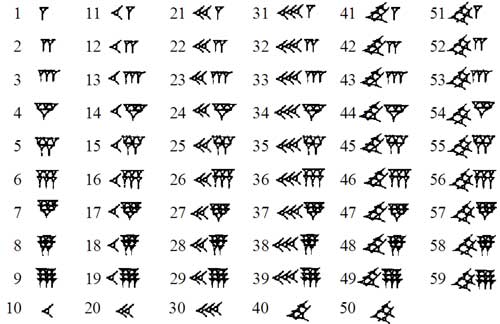Hey 9-05! Abby here with today's scribe post! Okay let's get started!
Okay so in the beginning of math class, Mr. Backe explained on how to do the 6.1 Math Link.
1. a) Choose one of the following regular polygons for a race course.
So for 1. a), all you have to do is choose one of the polygons. You can choose the triangle, or the square, or the rhombus, or the pentagon. It doesn't matter what you choose, as long as it's one of the four regular polygons!
For an example, I will choose a square.

1. b) Draw and label the five race courses.
- Decide on the length of the side of the first course. (It mus be at least 5 km long.)
- Decide on the length of the sides of the last course. (The longest course must be no longer than 35 km.)
- Decide on the length of the sides of the other courses.
- [!] Each length must be a whole number because the figure numbers are whole numbers.
So for 1. b), the regular polygon you chose will become 5 race courses. Since we are using the square for an example.. (sorry for the small picture!)

So, we put course #1, 2, 3, and 4 inside course #5.

And then, we choose a length for the first course. So lets use.. 2 as the length for the first course.
 For the second course, the length would be 3 since the second course is larger than the first course. For the third course, the length would be 4, the fourth course would have a length of 5, and the fifth course would have a length of 6.2. Develop a linear relation that describes the race courses. a) Complete the first two columns in the table of values.(I'm not going to show the pattern part, just the first two columns)
For the second course, the length would be 3 since the second course is larger than the first course. For the third course, the length would be 4, the fourth course would have a length of 5, and the fifth course would have a length of 6.2. Develop a linear relation that describes the race courses. a) Complete the first two columns in the table of values.(I'm not going to show the pattern part, just the first two columns) So when you have the second column filled out, find out the pattern by multiplying n by __ which will be the numerical coefficient, and add ___ which will be the constant.So for the rest of the class, we worked on our 6.2 homework.___________________________________________________
So when you have the second column filled out, find out the pattern by multiplying n by __ which will be the numerical coefficient, and add ___ which will be the constant.So for the rest of the class, we worked on our 6.2 homework.___________________________________________________So that ends my scribe post for April 6, 2010! I hope I explained the 6.1 Math Link stuff well. If there are any errors, or something doesn't make sense, please comment! Have a goodnight 9-05! :D




































